Posted on: July 29, 2011
THE FLYING COLOURS OF PUTTAPARTHI
PART-1
Puttaparthi has carved a niche for itself in the hearts of the people of the area because of the inspiring legends that sanctify its memory and surround its name. Putta is the native word for "an anthill which a snake has made its abode” and Parthi means "multiplier”. These words explain the story behind the holy name “Puttaparthi” through an exciting legend which goes thus:
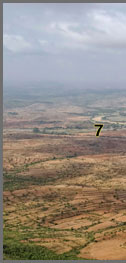 |
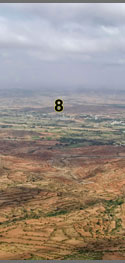 |
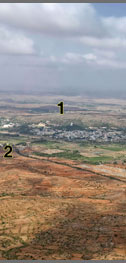 |
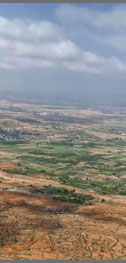 |
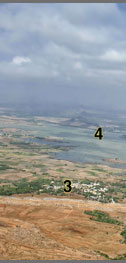 |
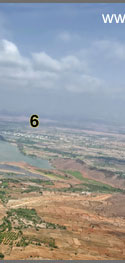 |
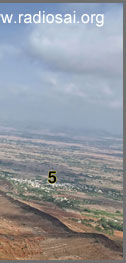 |
||||||||
|
||||||||||||||
Long ago the village of Puttaparthi was known as Gollapalli or "Home of the Cowherds", a designation reminiscent of the playful boyhood of Lord Krishna who is also adored as Gopala meaning “The One who is the caretaker of the cows”. Gollapalli was the abode of prosperous cowherds, for the cattle of this place were sleek and strong.
However one day a cowherd noticed that when his favorite cow returned from the grazing grounds on the hills she had no milk in her udder. In fact this happened not once but for a couple of days consecutively. He was puzzled and became determined to find the solution to this mystery by watching the cow's movements.
The cow, leaving her calf to wander about with her sisters, walked out of the shed and proceeded in a beeline to an anthill on the outskirts of the village. The cowherd followed her to this rendezvous, only to witness an even more astounding spectacle. A cobra issued forth from the mound, raised itself on its tail, applied its lips gently to the cow's teats, and gleefully drank all the milk!
The cowherd, enraged at the loss to which he was subjected by this wily trick, lifted a large stone over his head and, taking good aim, heaved it directly on the cobra. Writhing in pain, the serpent threw an angry curse on all the cowherds of the village; the cobra's last words foretold that the place would be full of anthills which would multiply endlessly and become the homes of snakes.
And so indeed it happened! The cattle declined in health and in numbers; they could no longer be raised successfully at Gollapalli. Anthills spread all over the place and the name was soon changed to Valmikipura, meaning "anthill city" in Sanskrit. This gave some satisfaction to the elders of the village since Valmiki is none other than the immortal poet and saint who wrote and sang the great epic poem of Lord Rama and showed mankind the path to perfection. The "anthill city" in common parlance is called Puttaparthi.
 |
 |
 |
 |
 |
 |
 |
| The legendary Venugopalaswami Temple in Puttaparthi (left), and the idols of Lord Krishna and His consort (right) worshiped there. | ||||||
The villagers still show, as proof of this tragic legend, the very stone, thick and round, with a slight jam on one side, which the enraged cowherd aimed at the wonder-snake. The stone has a long reddish streak which is pointed out as the mark of the cobra's blood. This stone became an object of worship, probably in an effort to avert the curse and help the cattle to prosper. It is looked upon as a symbol of the Lord of the Cowherds, Krishna. The village chieftains built a temple for Venugopalaswami (The Cowherd Krishna who enchants all with His flute) where this stone was installed, and generations of men and women have reverentially bowed before it.
With the descent of Bhagawan Sri Sathya Sai Baba, the curse lost its evil power and cattle began to thrive once more at Puttaparthi! Not only the cattle, but a host of creatures from both the bird and animal kingdom have made this divine hamlet their peaceful abode!
Let us now acquaint ourselves to the various habitats that this quaint valley provides us with.
MAN MADE HABITATS:
1) Fields and Terraces: Being a predominantly agricultural village from historic times, fields are a common sight. With the availability of more water through rains and better irrigation facilities in the recent times, the once rocky hills too have been cultivated after being terraced.
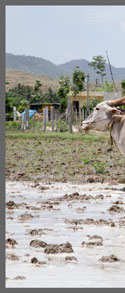 |
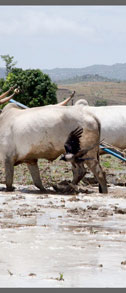 |
 |
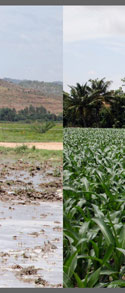 |
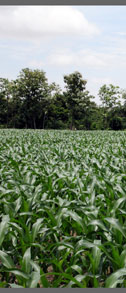 |
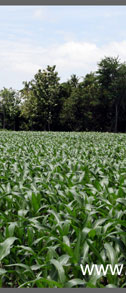 |
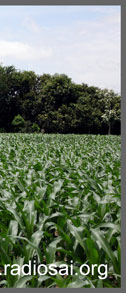 |
2) Gardens and Plantations: The Prashanti Nilayam ashram has many gardens. So do many of the bungalows and single houses in Puttaparthi. There are also many plantations - viz. Coconuts, Mangoes, Sapota, etc.
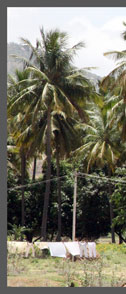 |
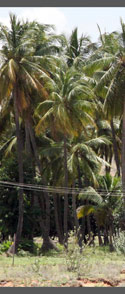 |
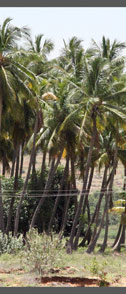 |
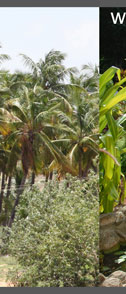 |
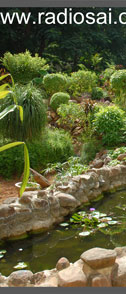 |
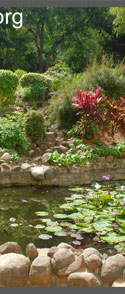 |
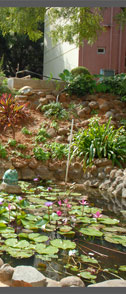 |
3) Buildings and Homes: Well, the changing nature of Nature across the world due to human tampering has resulted in some birds adapting amazingly well to the new environs too. Many birds have become common ‘domestic’ birds due to destruction of their natural habitats - so much so that buildings have got classified as a habitat!
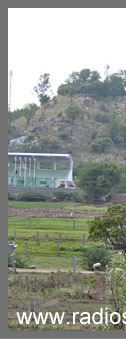 |
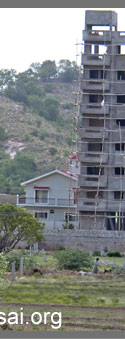 |
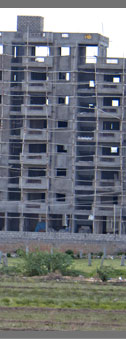 |
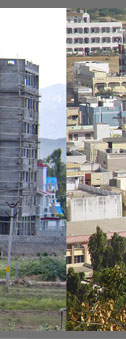 |
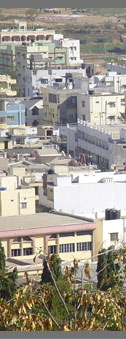 |
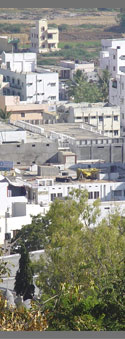 |
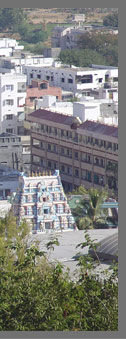 |
NATURAL HABITATS:
4) Hills and Rocky Grasslands: These areas abound and form a sort of a boundary around the valley that Puttaparthi is. Predominantly, there are black rocks and the hills are somewhat scattered.
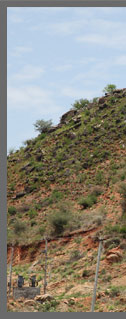 |
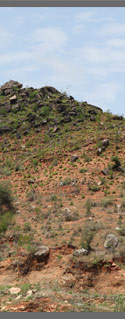 |
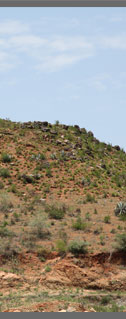 |
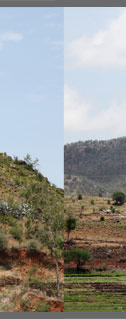 |
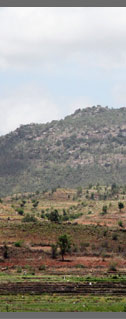 |
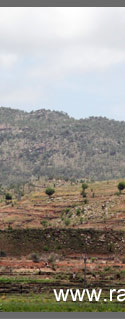 |
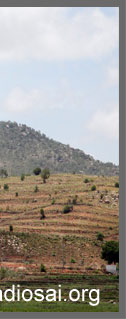 |
5) Water Bodies: These include the ponds and lakes around Puttaparthi. There is the massive Bukkapatnam Tank (sometimes also referred to as Kothacheruvu Lake), the Enumulapalli Tank and another lake on the road between Karnatanagepalli and Vengalammacheruvu. Apart from these major water bodies, there are many seasonal ponds and streams that are formed during the rainy season. Even the holy River Chitravati too has waters during the monsoon.
 |
 |
 |
 |
 |
 |
 |
| A birds eye view of the Bukkapatnam tank | ||||||
 |
 |
 |
 |
 |
 |
 |
| The Enumulapalli lake | ||||||
6) Natural Forests and Single Trees: One look at the Google Earth image of the region surrounding Puttaparthi shows many pockets of virgin forests. Though not dense, they support a rich variety of bird life. There are also some massive single trees - tamarind, banyan and a few others - that play home to some exotic birds.
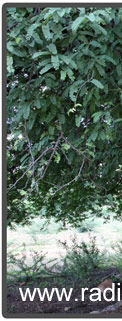 |
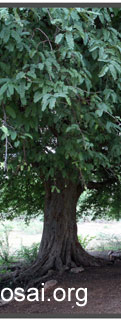 |
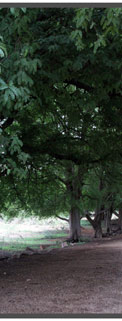 |
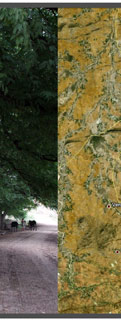 |
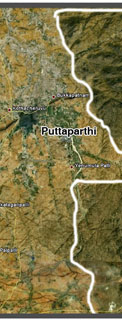 |
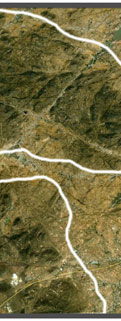 |
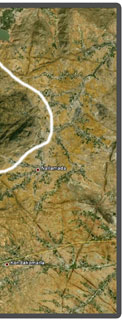 |
| A satellite image of Puttaparthi and the surrounding areas showing the forest cover (right). | ||||||
Let us now meet and greet a couple of beautiful feathered friends from this holy hamlet.
1) The White-throated Kingfisher (Halcyon smyrnensis)
 |
 |
 |
The White-throated Kingfisher is also known as the White-breasted Kingfisher or Smyrna Kingfisher. It can often be found well away from water where it feeds on a wide range of prey that includes small reptiles, amphibians, crabs, small rodents and even birds. During the breeding season they call loudly in the mornings from prominent perches including the tops of buildings in urban areas or on wires.
The adult is about 25 cms in length and has a bright blue back, wings and tail. Its head, shoulders, flanks and lower belly are chestnut, and the throat and breast are white. The large bill and legs are bright red. The flight of the White-throated Kingfisher is rapid and direct with the short rounded wings whirring as it flies. In flight, large white patches are visible on the blue and black wings. Sexes are similar, but the juveniles are a duller version of the adult.
The call of this kingfisher is a chuckling chake-ake-ake-ake-ake. They are particularly noisy in the breeding season. Locally, in Telugu, it is called Lakmuka or Buchegadu.
Please enjoy the unique call of this beautiful blue bird.
Listen to the call of the White-throated Kingfisher
These birds are quite common at all the lakes, ponds and streams around Puttaparthi. One can see them perched on trees and electric wires, almost in a meditative focus, with an eye for the fish in the waters below.
 |
 |
 |
 |
 |
 |
 |
 |
 |
 |
2) The Red Wattled Lapwing (Vanellus indicus)
 |
 |
 |
 |
 |
 |
 |
 |
The Red Wattled Lapwing is a large plover, about a foot in length. It is a wading bird that is found in fields and terraces and near water bodies. It is easily noticeable because of its characteristic loud alarm calls which are variously rendered as “did he do it ” or “pity to do it” leading to colloquial names like the did-he-do-it bird. Usually seen in pairs not too far from water, it has a red fleshy wattle in front of the eyes which is the reason for it being so named.
This bird has been traditionally considered as a nuisance by hunters, and today that continues to be the woe of photographers too! It is uncannily and ceaselessly vigilant, day or night, and is the first to detect intrusions and raise an alarm! Once these birds are alarmed, they begin an almost ceaseless cry which ensures that every bird in the vicinity too gets scared away! And so, photographers, beware of this watch-bird. This is how the bird sounds when alarmed.
Listen to the Red Wattled Lapwing when it is in alarmed
|
|
Both the males and females ferociously protect their nests either through attack or diversion. They almost dive fiercely on to potential threats; but their intent is only to distract and never to injure. They also distract grazing buffaloes and other herbivores by flapping their wings. They nest on the ground but their nests are hard to find because the eggs are cryptically coloured and usually matches the ground pattern.
The diet of the lapwing includes a range of insects, snails and other invertebrates, mostly picked from the ground; it may also feed on some grains. When it is contentedly feeding or in flight it makes sounds like this:
Listen to the Red Wattled Lapwing when it is in flight or feeding
Locally, in Telugu, it is known as yennappa chitawa or Cherukonga.
 |
 |
 |
 |
 |
 |
 |
 |
 |
 |
That was an introduction to the wonderful world of birds, our feathered friends in and around Puttaparthi! We shall introduce you to more of them and share some very interesting insights that our Swami blessed us with in our coming episodes. Watchout for this space!
(We thank Mr. Alex, a biologist from Russia, for this idea and his inputs on the subject.)
- Radio Sai team






